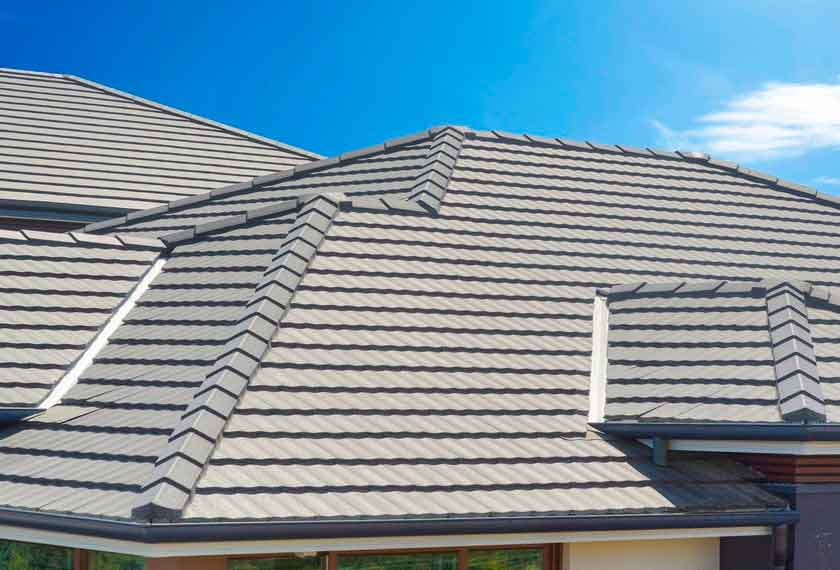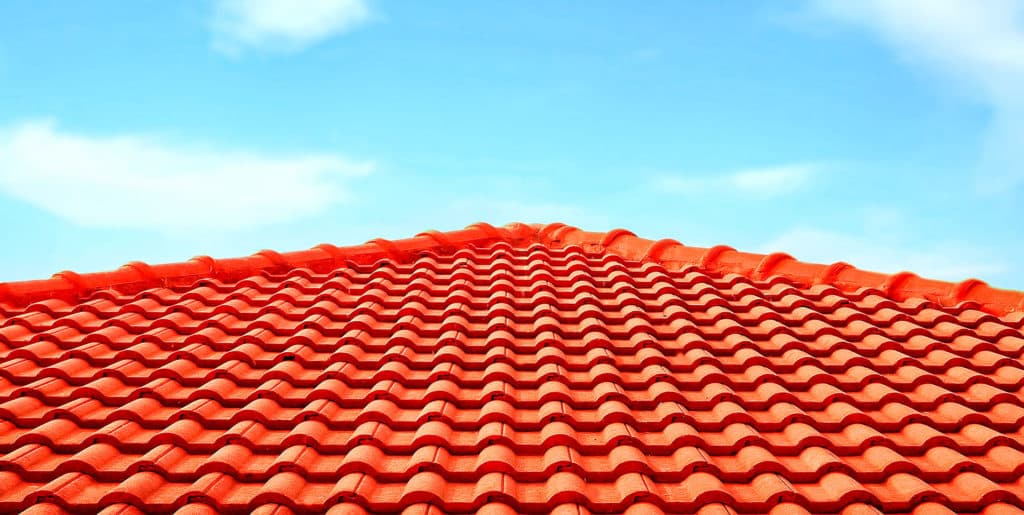Roof leaks can cause a wide range of problems in homes, from minor inconveniences to significant structural damage. It is important for homeowners to be aware of the potential consequences and take steps to prevent roof leaks from occurring in the first place. This article will explore the impact of roof leaks on homes as well as how they can be prevented.
The effects of roof leaks are varied and depend on the severity and location of the leak. Water entering through a damaged or faulty part of the roof can lead to cosmetic damage such as staining, discoloration, and warping of walls and ceilings. In addition, water infiltration may also result in rot or mold growth if not addressed quickly enough. Furthermore, it can potentially undermine the underlying structure leading to further costly repairs down the line.
What Is A Roof Leak?
A roof leak is a problem that can cause serious damage to homes. It occurs when water gets into the structure of the roof and penetrates through cracks or holes in the material, such as shingles or tiles. This can lead to extensive water damage within the home, including mold growth, structural issues due to rotting wood, and health concerns from indoor humidity levels. Not only does this result in costly roof repairs but it also has an impact on occupant comfort and safety.
Preventing roof leaks involves regular inspections by a qualified professional who can identify potential problems before they become major issues. Homeowners should also ensure their roofs are kept clean of debris which could block gutters and downspouts leading to pooling water, as well as inspect flashing around chimneys, skylights and other protrusions for any signs of cracking or deterioration. In addition, proper maintenance should be carried out with necessary repairs completed promptly in order to reduce the risk of water intrusion and long-term damage caused by leaking roofs.
Causes Of Roof Leaks
Roof leaks are a common problem in homes and can cause significant damage if not addressed promptly. It is important to understand the various causes of roof leaks so that preventative measures can be taken.
The primary cause of roof leaks is inadequate or poorly maintained roofing materials, such as shingles or tiles. If these materials become worn or damaged due to age, weather conditions, improper installation, or neglect, they no longer provide adequate protection against moisture infiltration into the home. In addition to this, poor flashing around chimneys and other protrusions on the roof can also lead to water accumulation between layers of the building envelope and subsequent leakage through the ceiling below. Lastly, an improperly designed drainage system may result in standing water on the surface of the roof which could then seep through any existing cracks or holes.
It is therefore essential for homeowners to inspect their roofs regularly for signs of wear and tear as well as ensure proper maintenance such as cleaning debris from gutters and replacing broken shingles. Additionally, investing in quality waterproof membranes when re-roofing can help protect against potential leakage caused by wind uplift forces during storms.
Signs Of Roof Leaks
It is important to recognize the warning signs of roof leaks in order to take preventative action. Signs that a roof may be leaking include discoloration or water stains on ceilings, walls, or floors; musty smells from mold or mildew growth; and damaged insulation. Additionally, if gutters are overflowing with large amounts of granules from shingle roofs due to long-term wear and tear, this could indicate a need for repair as well. Furthermore, bubbled paint around chimneys or windows can signify water intrusion into the home’s structure.
In some cases, visual inspection alone can pinpoint where the leak might be occurring such as when it appears near the flashing (where parts of different materials meet). If these indications of a potential leak persist even after normal rainfall has stopped, then additional steps should be taken to determine the cause and remedy the situation. A professional contractor specializing in roof repairs should be consulted to assess any further damage and advise homeowners on how best to protect their homes against future leakage incidents.
Effects Of Roof Leaks On Homes
The effects of roof leaks on homes can be serious, costly and damaging. Moisture that accumulates in the home due to the leak can cause structural damage such as rot or mold issues. This may require extensive repair work which could be quite expensive especially if multiple components of a structure need replacing. Additionally, water spots caused by the leak might create an eye-sore which requires professional attention to rectify.
In addition to physical damages, there are also health risks associated with roof leaks. For example, wet conditions created by a leaking roof encourage the growth of potentially hazardous organisms such as fungi, bacteria and viruses. Inhalation of spores from these organisms can lead to respiratory illnesses for occupants in the house. Moreover, long-term exposure to moisture due to a leakage issue can weaken the immune system leading to other chronic ailments over time. To protect against this outcome, it is important for homeowners’ to take proactive action when any signs of a potential leak appear on their property.
How To Diagnose And Repair Roof Leaks
When it comes to protecting a home from roof leaks, diagnosing and repairing the issue is essential. It is important for homeowners to inspect their roofs on a regular basis in order to identify any areas of concern before more extensive damage occurs. This article will discuss how to diagnose and repair roof leaks.
The first step in preventing roof leaks is identifying where the leak originated. To do this, look for signs such as water stains on ceilings or walls inside the house, discoloured patches of paint on exterior walls, or damp spots around windows and doors outside the house. If there are no visible signs, then homeowners may need to climb onto the roof itself and check for damaged shingles or other issues that may be causing the problem.
Once the source of the leak has been identified, repairs can begin by replacing any broken or missing shingles, sealing gaps between joints with caulk, patch holes with sealant tape or flashing material, adding additional insulation if needed and ensuring proper drainage away from vulnerable areas of the home. Additionally, applying waterproof coatings over certain parts of the roof can help protect against further damage from moisture. Taking these steps will ensure that roofs remain in good condition and prevent future problems caused by leaking roofs.

Tips For Preventing Roof Leaks
When it comes to preventing roof leaks, there are several steps that homeowners can take. Firstly, regular inspections of the roof should be performed by a qualified professional at least once per year. Such inspections will help identify any issues before they become severe and result in costly repairs or replacements. Additionally, individuals should ensure that gutters and downspouts are kept clear so rainwater is directed away from the home’s foundation.
Furthermore, proper attic ventilation can also play an important role in keeping water out of the house. It helps keep temperatures cooler which reduces thermal expansion on shingles and other material used for roofs. Furthermore, using high-quality materials such as heavy-duty asphalt shingles when constructing or replacing a roof can reduce the risk of future damage due to weather conditions. Taking these preventative measures will help lower the chance of having to deal with expensive and disruptive repairs caused by roof leakage in the future.
Professional Roof Leak Prevention Services
In order to prevent roof leaks, professional services may be necessary. Professional inspection and repair of a home’s roof can help identify potential weak spots, areas that have already been damaged, and other issues which could lead to future problems. Professional inspections are important because they allow for the identification of damage or small cracks before water begins seeping into the property.
Once identified, trained professionals with specialized tools can seal off any existing weak points in the structure and replace any compromised materials. This is especially important if there are multiple layers on the roof as these layers can cause water to settle between them rather than run-off causing additional damage from trapped moisture over time. In addition to repair work, preventative measures such as installing gutter guards and proper ventilation systems should also be taken into consideration.
By engaging professional services when needed, homeowners can not only protect their homes from costly repairs due to roof leaks but also gain peace of mind knowing that a qualified individual has inspected their home’s integrity and provided solutions for preventing future damages.




